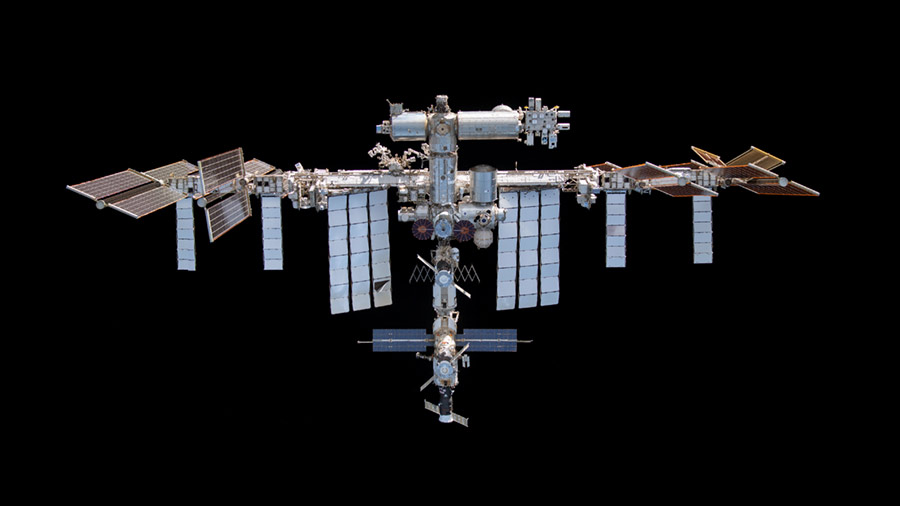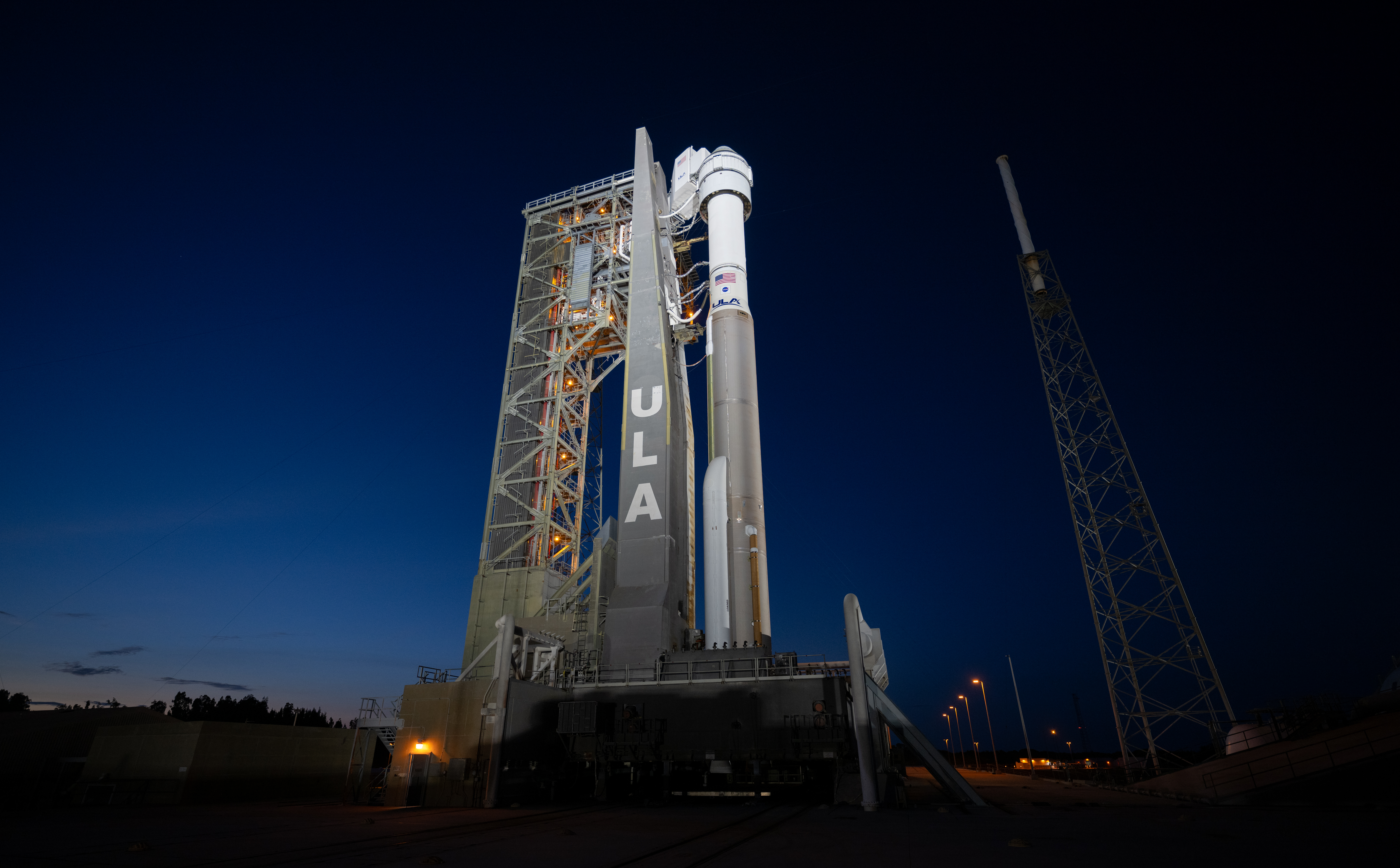
A full day of orbital upkeep and maintenance kept the Expedition 71 crew busy on Monday as the septet continues to prepare the International Space Station for the arrival of two astronauts.
In the Tranquility module, NASA astronaut Matthew Dominick kicked off the morning by removing the top and bottom port stalls of the orbital lab’s toilet. Removing the stalls allowed him and his NASA crewmate, Tracy C. Dyson, to access the conductivity sensor and pump for repairs. The duo then worked together throughout the day to replace hardware in the station’s bathroom before reinstalling the port stalls and moving onto other work.
Once orbital plumbing duties wrapped, Dominick moved into the cupola, or “window to the world,” to inspect and photograph the conditions of the windows. Dyson assisted NASA astronaut Mike Barratt with a Dragon spacesuit check to ensure the suit and its components—such as the ear pieces, garment shirt, helmet visor, boots, and more—are still comfortable and working properly.
Barratt also conducted some maintenance on the station’s treadmill and his NASA crewmate, Jeanette Epps, performed maintenance on the Advanced Resistive Exercise Device, or ARED. Epps replaced the cable arm ropes on the device’s pulley system, then realigned the tension plates. Later on, she also completed a monthly inspection of the orbital outpost’s defibrillator.
In the Zarya module, Roscosmos Flight Engineer Alexander Grebenkin spent the entire day replacing different sections of soft air ducts. His crewmate, Nikolai Chub, did have some time to perform some science and ran an experiment that assesses the corrosion of various coatings and materials in microgravity. Station Commander Oleg Kononenko photographed Chub during the experiment, then moved on to assess the condition of surfaces throughout the Roscosmos segment.
On Earth, preparations continue for NASA’s Boeing Crew Flight Test ahead of the next launch opportunity, which is targeted for no earlier than 6:16 p.m. EDT Friday, May 17. NASA astronauts Butch Wilmore and Suni Williams returned to Houston over the weekend as work progressed on a valve replacement on the United Launch Alliance Atlas V rocket Centaur upper stage. For the latest on the mission, please visit NASA’s blog.
Learn more about station activities by following the space station blog, @space_station and @ISS_Research on X, as well as the ISS Facebook and ISS Instagram accounts.
Get weekly updates from NASA Johnson Space Center at: https://roundupreads.jsc.nasa.gov/
Get the latest from NASA delivered every week. Subscribe here: www.nasa.gov/subscribe









